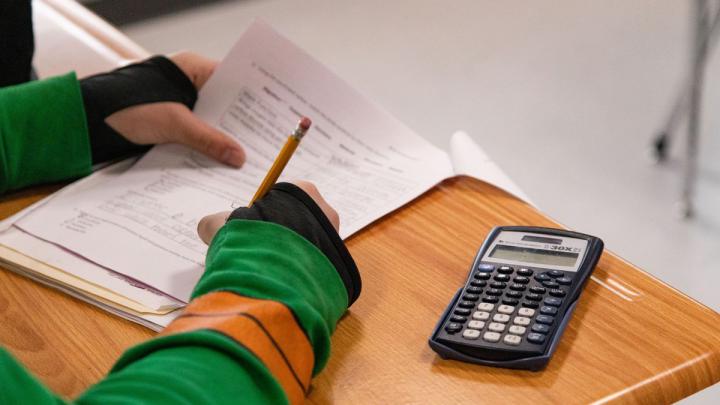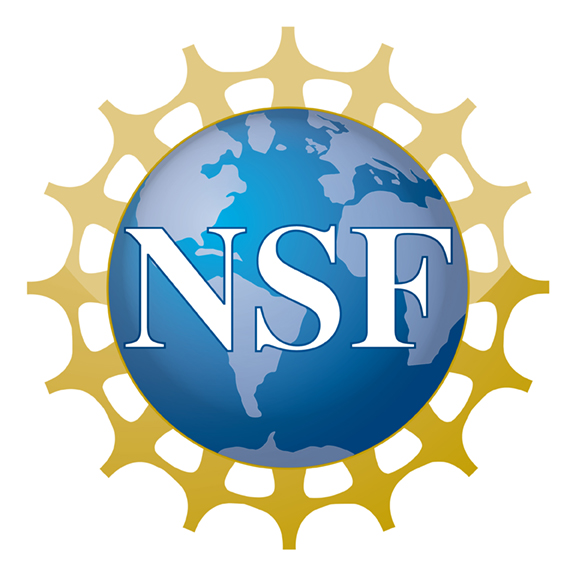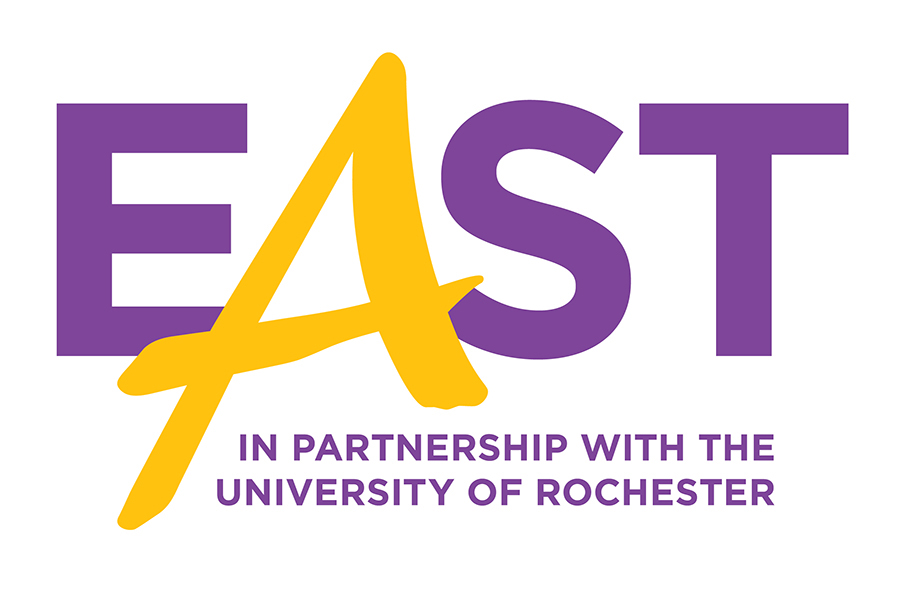
The University of Rochester’s Warner School of Education was awarded a $2.5 million grant from the National Science Foundation (NSF) to study how to create and sustain a challenging mathematics program in high-need and high-poverty secondary schools, with the goal of developing a model that will inform others aiming to do the same. Building from the University’s partnership with East High School that began in 2015, this NSF-funded project will explore in depth the sustained and successful mathematics reform efforts at East, a high-need urban secondary school in Rochester, N.Y. These efforts have successfully led to increased student learning and achievement over the past five years.
 The four-year project, “Creating a Model for Sustainable Ambitious Mathematics Programs in High-Need Settings: A Researcher-Practitioner Collaboration,” is funded through the NSF Discovery Research preK-12 (DRK-12) program, which provides grants to enhance the teaching and learning of STEM by students and teachers. The project team will be under the direction of principal investigator Jeffrey Choppin, professor and chair of teaching and curriculum at the Warner School; and co-principal investigators Cynthia Callard, executive director of the Center for Professional Development and Education Reform at Warner; Shaun Nelms, superintendent at East High, associate professor, and William & Sheila Konar Director of the Center for Urban Education Success at Warner; and William Zahner, associate professor of mathematics at San Diego State University.
The four-year project, “Creating a Model for Sustainable Ambitious Mathematics Programs in High-Need Settings: A Researcher-Practitioner Collaboration,” is funded through the NSF Discovery Research preK-12 (DRK-12) program, which provides grants to enhance the teaching and learning of STEM by students and teachers. The project team will be under the direction of principal investigator Jeffrey Choppin, professor and chair of teaching and curriculum at the Warner School; and co-principal investigators Cynthia Callard, executive director of the Center for Professional Development and Education Reform at Warner; Shaun Nelms, superintendent at East High, associate professor, and William & Sheila Konar Director of the Center for Urban Education Success at Warner; and William Zahner, associate professor of mathematics at San Diego State University.
Ambitious mathematics instruction involves students solving demanding problems, communicating approaches to those problems, and developing efficient and accurate methods that work across multiple types of problems. In typical mathematics classrooms, especially those in high-need contexts, students are often not challenged to develop and communicate their own methods; this stands in contrast to the kinds of practices in which science, technology, engineering, and mathematics (STEM) majors and those working in STEM fields regularly engage. Outcomes of ambitious mathematics instruction include an increase in students’ course taking of advanced STEM courses, enhanced student identities with respect to STEM, and students’ increased competency in core STEM practices.
According to the U.S. Department of Education, a majority of students from urban areas attend high-poverty, high-need schools, and many of these students come from communities that are underrepresented in STEM academic pathways or careers. The project has the opportunity to broaden access for students who are in communities currently marginalized in STEM fields.

The Educational Partnership Model (EPO) at East has implemented a number of measures that have contributed to the academic success of students. East Lower School (Grades 6-8) has seen gains in scores at Level 2 and above on New York State assessments, rising from 19 percent in 2014-15 to 36 percent in 2018-19, and has experienced greater participation and success in advanced mathematics coursework. The highly focused program of support and academic intervention available to all students, the shift to ambitious curricula and instruction, the intensive professional development offered to teachers, and other efforts to support students academically continue to yield increased results in student achievement throughout the high school years. In East Upper School (Grades 9-12), the on-time Regents passage rates have more than doubled in mathematics and the graduation rate has improved from 33 percent in 2015 to 77 percent in 2020.
Choppin says, “The project team will study the successful ambitious reform efforts of East’s mathematics program to develop a model that can be shared across other schools and districts in high-poverty settings that aim to challenge their students with a rigorous mathematics program.”
Research has shown long-standing challenges in secondary mathematics education in broadening participation in STEM classes and careers. Reforms of schools and districts to support this goal are often not sustained, especially in high-need settings. “Our goal is to take what we learn at East to support educators working in other high-need settings to implement and sustain ambitious reform efforts to broaden STEM participation to include historically marginalized students,” adds Choppin.
The project team will develop a model through a collaboration of researchers, professional development leaders, students, teachers, coaches, and administrators to understand the demands—specifically the linguistic, cognitive, and participation challenges for students—created when implementing an ambitious mathematics program in a high-need context. The team will also identify the resources necessary to address the demands and sustain the program, and then present a model to implement and sustain ambitious secondary mathematics programs in high-need settings that can be implemented across a range of contexts.
The team will also conduct a systematic literature review to bring together findings from the larger field and the work at East related to the demands of implementing challenging mathematics programs in high-need settings, and the resources necessary to sustain the implementation of such programs. The data collection and analysis process will include interviews, document analysis, collection of artifacts, and observations of mathematics lessons. Participants will be key stakeholders at East, including students, teachers, instructional support personnel, and administrators. In the fourth year of the grant, the project team will gather a national group of educators to discuss and refine the model in advance of its dissemination.
The project will develop resources and tools to support school personnel in other high-need districts in transforming and sustaining their mathematics programs. The research and products of this work will be disseminated to journals and publications written for teachers and administrators and shared broadly at national meetings and a conference in the final year of the grant that will bring together mathematics instructional leaders and school administrators from high-need settings across the country. Additionally, the team’s work will be shared through conference presentations, video case studies, and a working paper. Lastly, the final version of the model will be created as a digital workbook for school administrators who wish to transform and implement ambitious mathematics programs in other high-need districts.
Read Congressman Joseph Morelle's announcement of the federal grant.
Editor’s Note: Jeffrey Choppin, principal investigator, is available for interviews to discuss the research-practitioner design of the four-year, NSF-funded program, “Creating a Model for Sustainable Ambitious Mathematics Programs in High-Need Settings: A Researcher-Practitioner Collaboration.”